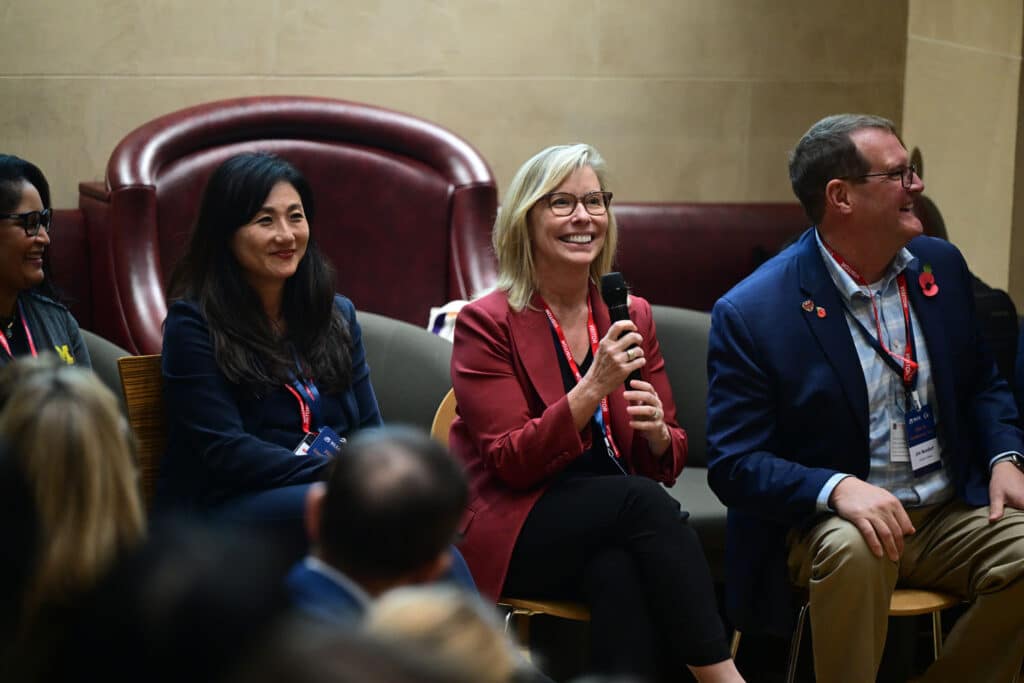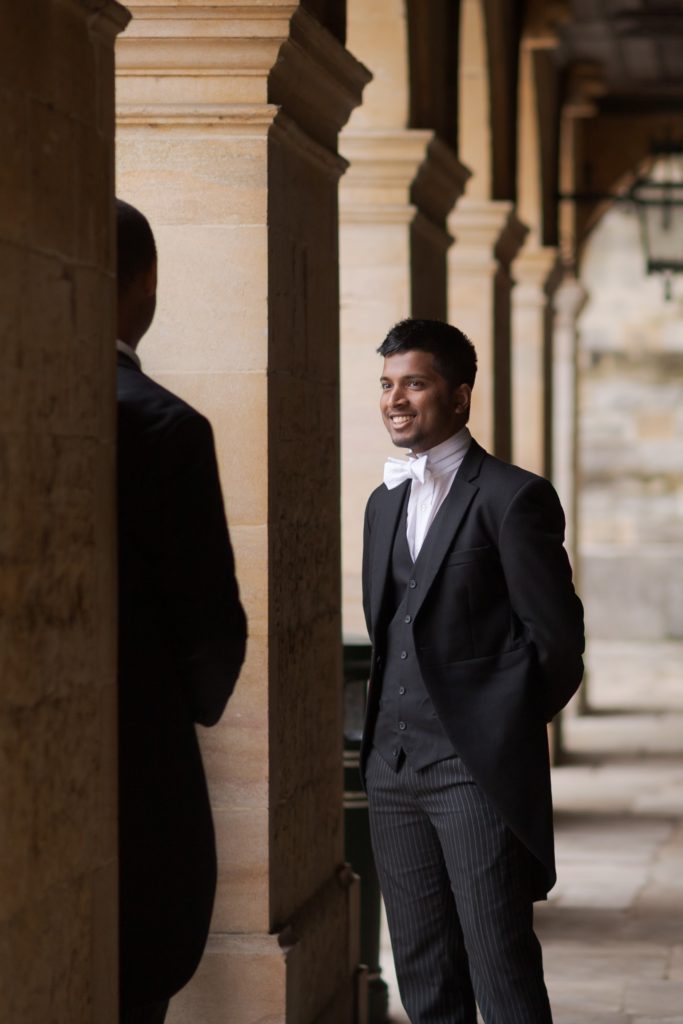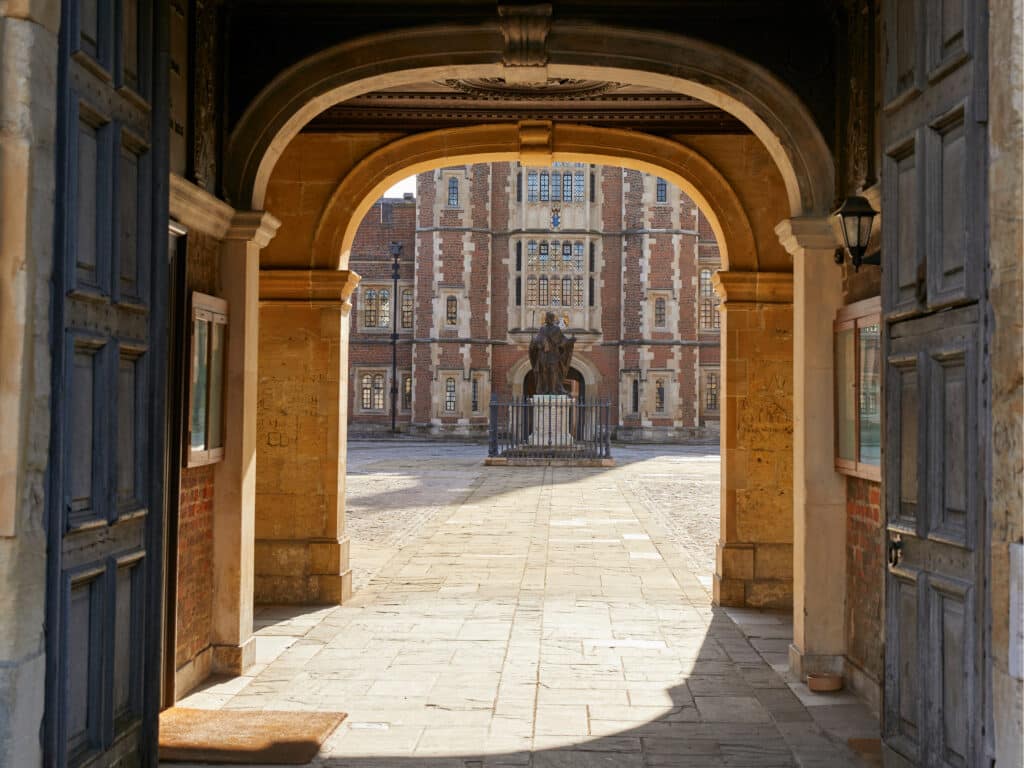Eton College Collections is presenting The Wind From The East this month, a group exhibition held in the Tower Gallery.
The display seeks to highlight ‘progress’ as an inherent East Asian identity, inviting us to experience a fluid relationship through continual layering.
The gallery is filled with wooden cabinets, creating a dialogue between the masterpieces of artists who established their own methodologies in a turbulent social climate, and the ceramics that hold them together.
The show starts with Kishio Suga (b. 1944), a pioneer of the Japanese Mono-ha Movement, who developed his philosophy on the nature of ‘物’ (translating as ‘substance’) and represented the harmony between natural matters and man-made objects.
Alongside Suga, the exhibition sees the work of Gu Wenda (b. 1955), a founding member of the 85 New Wave movement in China.
The presentation also recognises the work of Lee Bae (b. 1956), a second-generation Korean artist of the Danasaekhwa movement who reinterprets traditional elements with contemporary methodologies.
Each using charcoal and calligraphy, the creatives visualise sculptural form in the margins and permeate the surface of their strokes with ink and paper to embody their countries’ tumultuous political and cultural systems.
The exhibition additionally showcases the work of 13 London-based Korean, Chinese, and Japanese ceramic artists.
Ceramics is the medium that captures well the performative nature of East Asian art; its materiality is shaped by constant exploration and practice, yet it’s also diasporic, in that the artists involved absorb the complex cultural contexts of other countries.
Nam June Paik’s (1932-2006) series, located in the centre of the exhibition, is representative of this. The video art pioneer framed the monitor that is the backbone of his work and placed folkloric symbols of the moon and rabbit with them, greeting the audience with its characteristic humour and warmth.
As wind-blown sand is deposited to form another stratum, Eton College Collections hopes that this exhibition will mediate communication between generations, creating a variety of touchpoints to broaden understanding of contemporary East Asian history.



